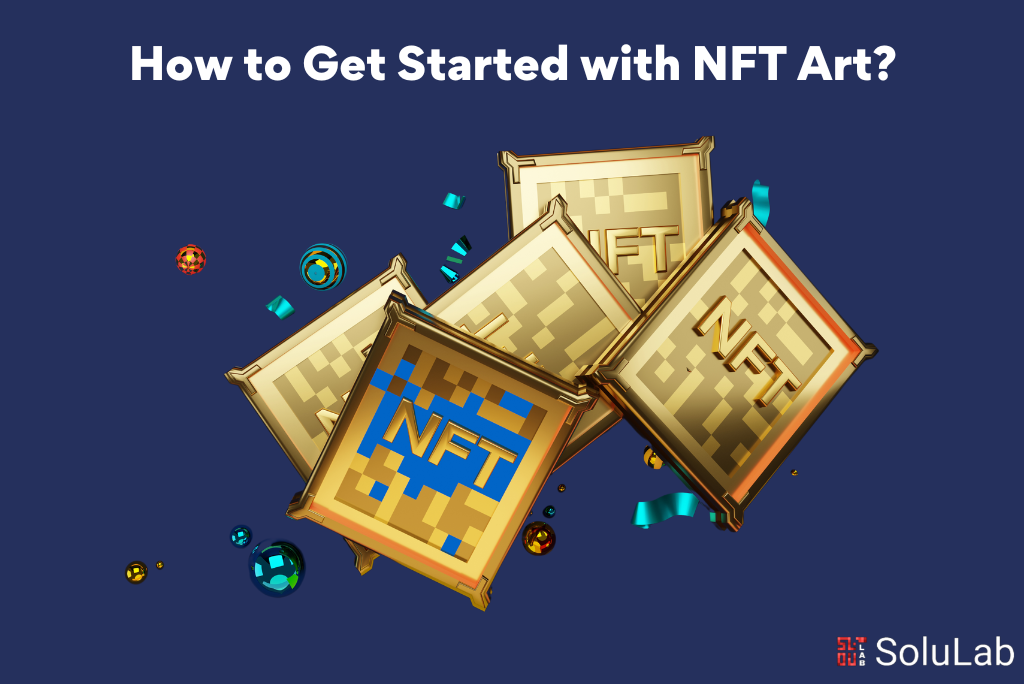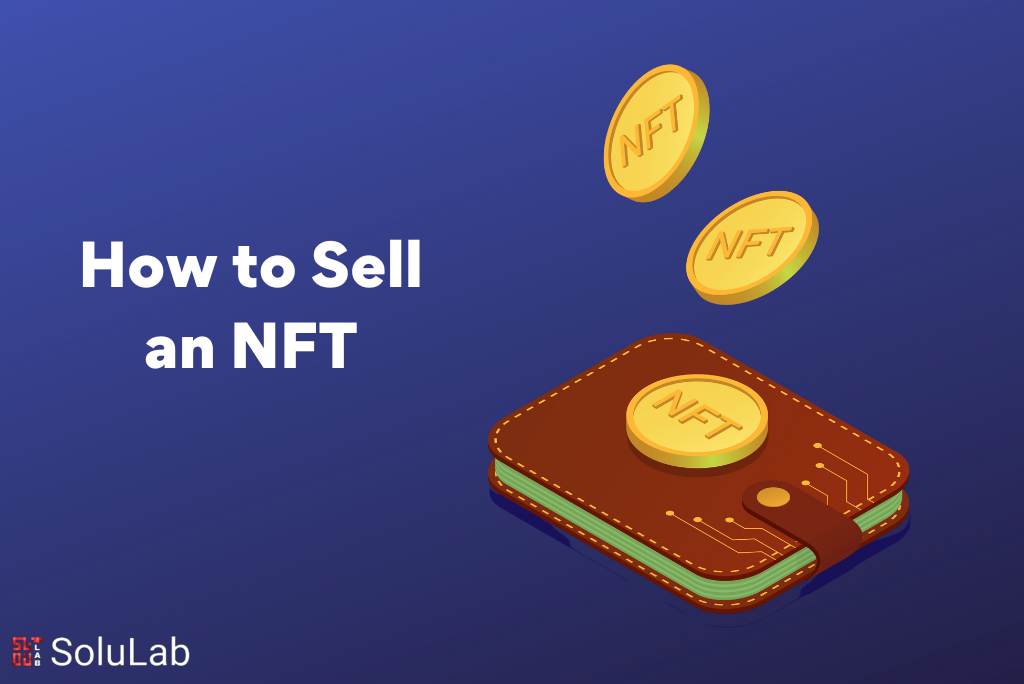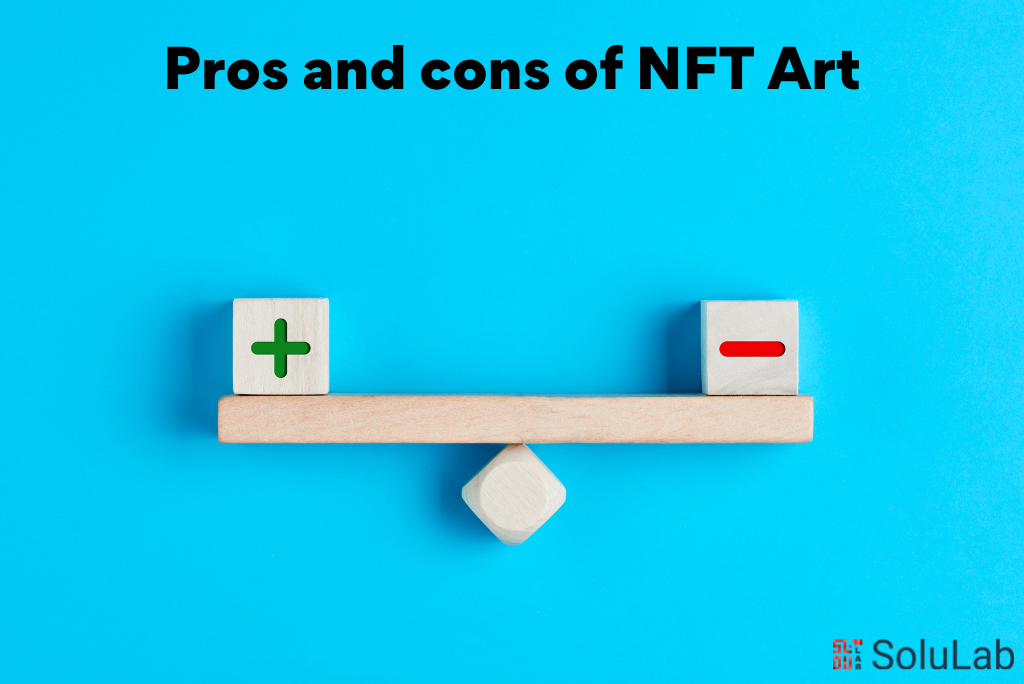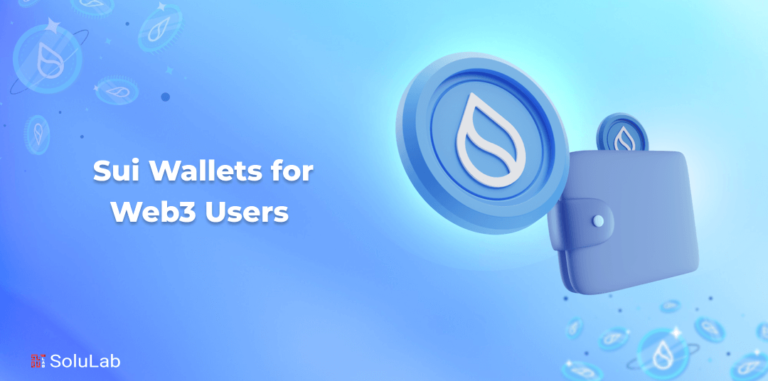
The way both creators and artists can sell their work has been reinvented by NFTs. Even though the majority of people won’t earn $70 million from an NFT, producing and selling NFT artwork has given artists more control over the publishing and distribution of their work. We’ll assist you in learning the fundamentals of blockchain, cryptocurrencies, and NFTs if you’re a beginner who wants to learn how to create and sell NFT art marketplace.
You can list your NFT artwork on well-known markets for free by following a few simple steps. You can learn the fundamentals of becoming an NFT artist with the id of this Blog.
NFT in depth
An NFT is a work of art that serves as a token in the sense of Web3 and is connected to a specific line of programming code on the blockchain. Due to the openly distributed nature of the blockchain, which serves as a record of transactions, this line of code will be distinct and impossible to duplicate.
How to make an NFT
NFTs can be created from a variety of different digital media. NFTs in the form of simple graphics are arguably the most popular and discussed type. Since each of these photographs possesses a special bit of code that cannot be reproduced and leaves no room for doubt as to who owns them, they are all non-fungible.
However, a tonne of additional resources, like images, music, animations, films, 3D objects, and even virtual plots of land in the metaverse, can be made into NFTs.
It’s a rather simple process to mint and sells art if you already have an idea in mind that you want to sell as an NFT, such as a sketch, painting, or 3D model. However, if you’re unsure of what artwork to convert into an NFT, get ideas from other well-known NFT collections.
How to sell an NFT

1. Create a digital wallet
You will initially require a digital wallet. You may store, use, and transact with your cryptocurrencies through a wallet. It also enables you to conduct business on exchanges that allow you to buy and sell NFTs. Since the most popular cryptocurrency used during NFT sales is Ethereum (or ether, as it is formally known), it is often a good idea to select a wallet that is functional with the Ethereum blockchain.
2. Choose an NFT marketplace
Finding a marketplace to advertise, mint, and sell your NFT art is necessary after you’ve set up your wallet. These well-known markets have comprehensive support sections and a wealth of information to get you started with purchasing and selling NFT art. Regardless of the marketplace you select, be aware of the platform fees involved with listing your NFT artwork as well as the cryptocurrencies that each site supports.
3. Buy Cryptocurrency
Ethereum is the most widely used cryptocurrency for the NFT art marketplace (ETH). One of the earliest blockchains is Ethereum, and its namesake cryptocurrency has grown to be one of the most popular ones globally. Remember that regardless of the cryptocurrency you choose, any blockchain transactions will have fees, including minting and listing costs, so you’ll need to buy some ETH before you can get began and put your artwork for sale.
Read more: Create NFT Digital Art in 3 Simple Steps
4. Connect the wallet to an NFT marketplace
You can now connect your digital wallet to a marketplace.
5. Upload the file you want to turn into NFT
Once you’ve set up your wallet, stored some crypto in it, and connected to a marketplace, you’re ready to start uploading and selling your NFT art.
6. Set up an auction or fixed price
You can choose between an auction and a fixed-price listing type on the majority of NFT markets. These are two types of methods for buying and selling NFTs. You can set a reserve price or the lowest bid that must be made for the sale of the NFT to proceed, during an auction. Typically, the transaction will not go through if the reserve is not met. An NFT’s specified price is known as a fixed price. While fixed prices provide the possibility of quick and predictable sales, auctions have more erratic results, with some NFTs selling for substantially more than they would have at a fixed price.
Pros and cons of NFT art

There are a variety of advantages to offering NFT artworks that didn’t exist previously, as well as a few disadvantages to selling the art in this new market, as long as you’re reasonable in your expectations.
The pros
- You may instantly advertise your artwork to a global audience by selling NFT art.
- NFT art can be created using a wide range of software, including illustration applications like Photoshop and Procreate, generative images created using Python, and 3D models created with tools.
- There are several markets for NFTs, and each one has its audience. There is something for everyone, from projects with a tonne of value linked to tremendous art.
- NFTs give artists a special connection to their fans by allowing them to participate in exclusive communities, have early access to upcoming drops, and get royalties.
The cons
- The NFT market has very little transparency, which can occasionally be perplexing. Web3 is still a rapidly developing field, with currency fluctuations, several currencies, and many more being created daily, scam NFT projects, ambiguous fees, and terminologies. We’re still very much in the Wild West of Web3 for the time being as a result of the NFT gold rush.
- NFTs remain intrinsically dangerous. It takes time and money to mint and sells NFTs, and you might not initially produce enough to break even. When beginning new projects, especially if you’re listing and minting numerous coins at once, it’s important to proceed with caution given the volatility of various cryptocurrencies and the somewhat erratic nature of the NFT market.
Are NFTs worth it?
The global NFT market is anticipated to increase by more than 400% over the following five years, leading to a total market value of 13.6 billion USD by 2027, according to Yahoo Finance. Numerous artists have used NFTs to generate sizable returns for their work while the potential of NFTs is still only beginning to be understood. Additionally, NFTs offer something that has never previously been done in the field of art. Because NFTs are blockchain-based, the idea of artistic scarcity has become publicly visible in the code. The ideas of authenticity, ownership and subjective value are revolutionized by NFTs.
As with any creative pursuit, the more time you devote to expanding your knowledge and skill set, the more probable it is that you will discover something useful. NFTs give artists a special chance to hone their talent and manage a business. NFTs offer a terrific option to maintain greater control over how you divide your effort and earn money, even if you aren’t initially producing large stacks.




